July 31, 2019
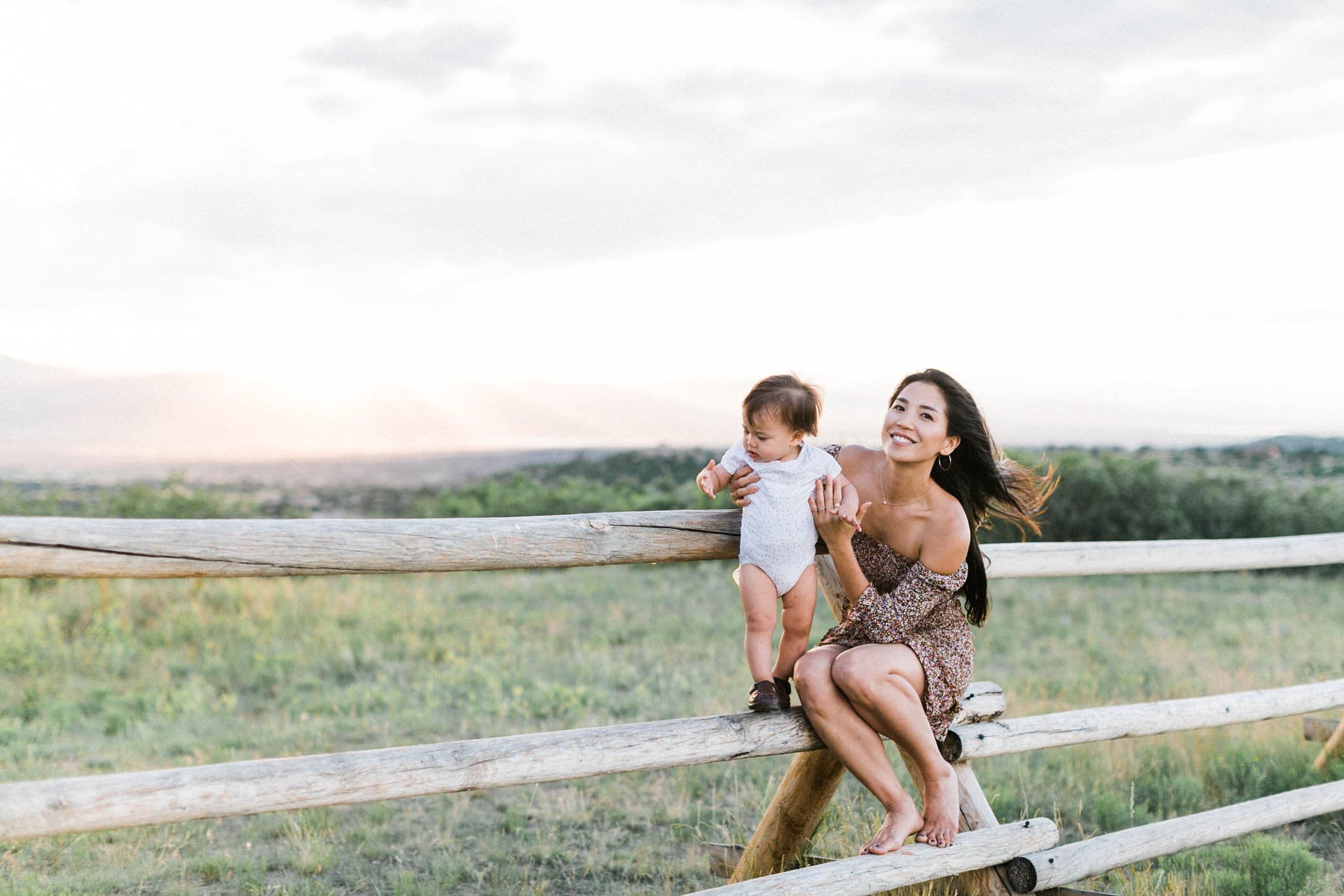
Today, I want to share something that I learned later in my photography career that I wish I had learned much earlier–shooting with natural lighting.
I quickly learned that my style of photography relied on a natural lighting source (daylight) versus an artificial lighting source (flash gear). What took me quite some time to figure out though, was how to utilize the available natural lighting most optimally. Most assume the best time of day to shoot is when the sun is at its highest and brightest. Is it so terrible that I secretly get excited when I wake up to gloomy weather on my client’s wedding day? Happy dance…every time. But I promise it comes from a good place! Here’s why:
When the sun is at its brightest, harsh shadows are cast on the subjects faces and it washes out the details that I like in my photos. You get a hybrid of the overexposed and the underexposed.
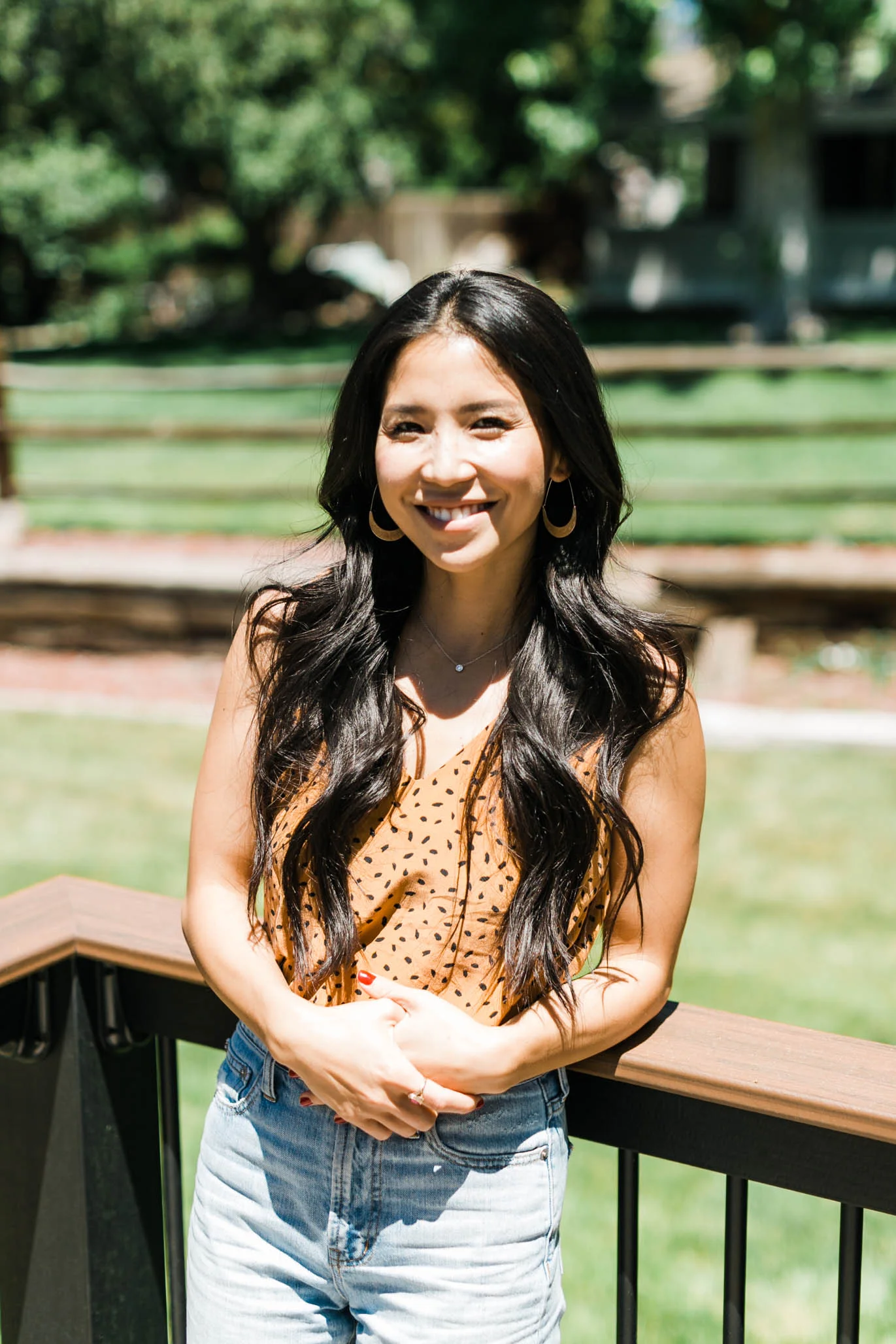
Middle of a bright and sunny day casting harsh shadows on the face.
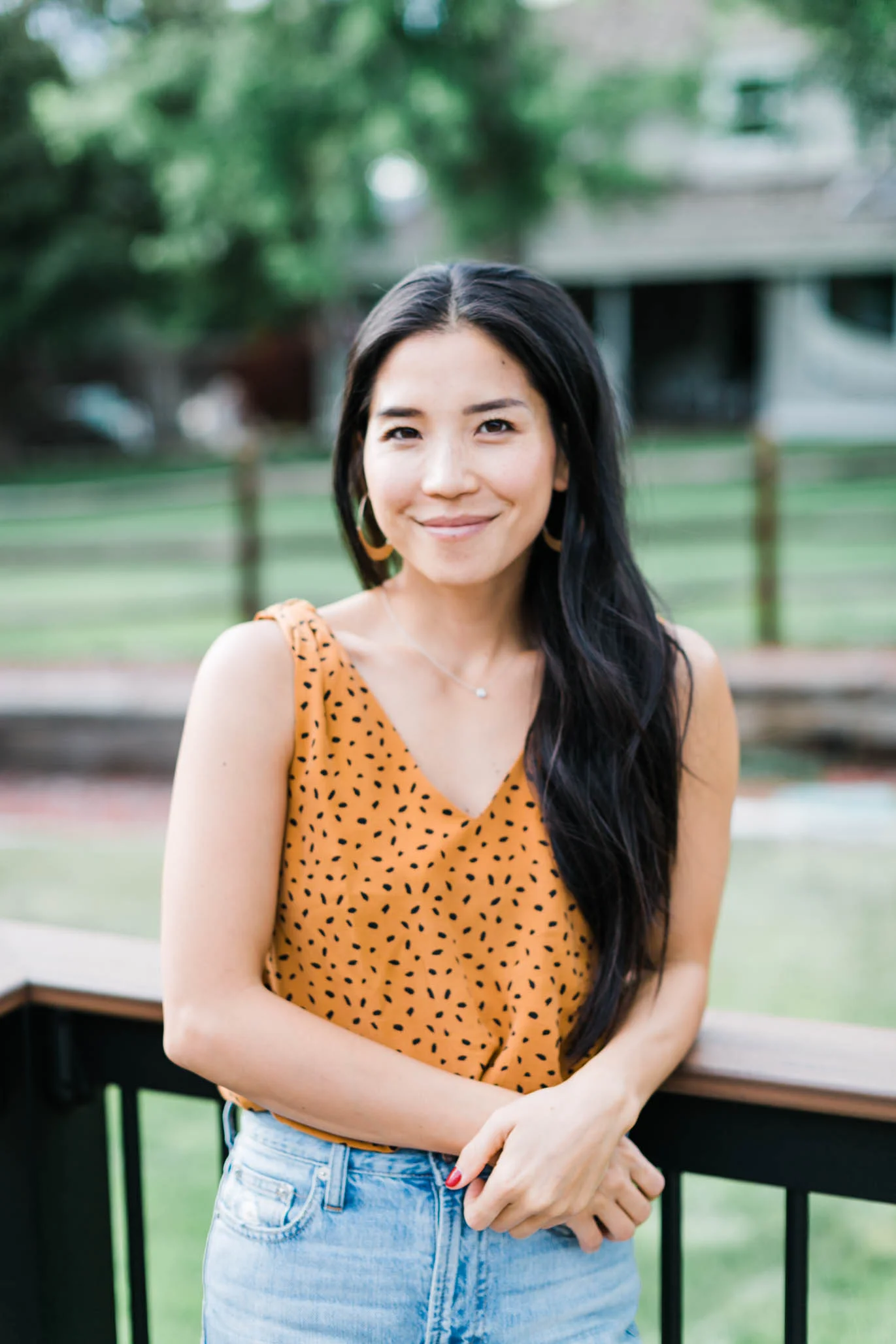
Taken on an overcast day where natural lighting diffused by the clouds creates even soft lighting. Notice the colors in the photos change as well despite same color correcting presets.
For the style I aim for, this is unflattering and takes away from the feel of the photo. So how do I stay true to my style while optimizing natural lighting? Here are a few tips and tricks:
1) Sunrise or Sunset: The best hours to shoot in the day are within the first hour of sunrise and the hour before sunset aka the golden hour. During these times, the amount of natural lighting emitted from the skies are just right and spread evenly around the subject. The hour after sunrise can emit a soft dewy pink or blue-ish glow. The hour before sunset will usually emit a golden glow.

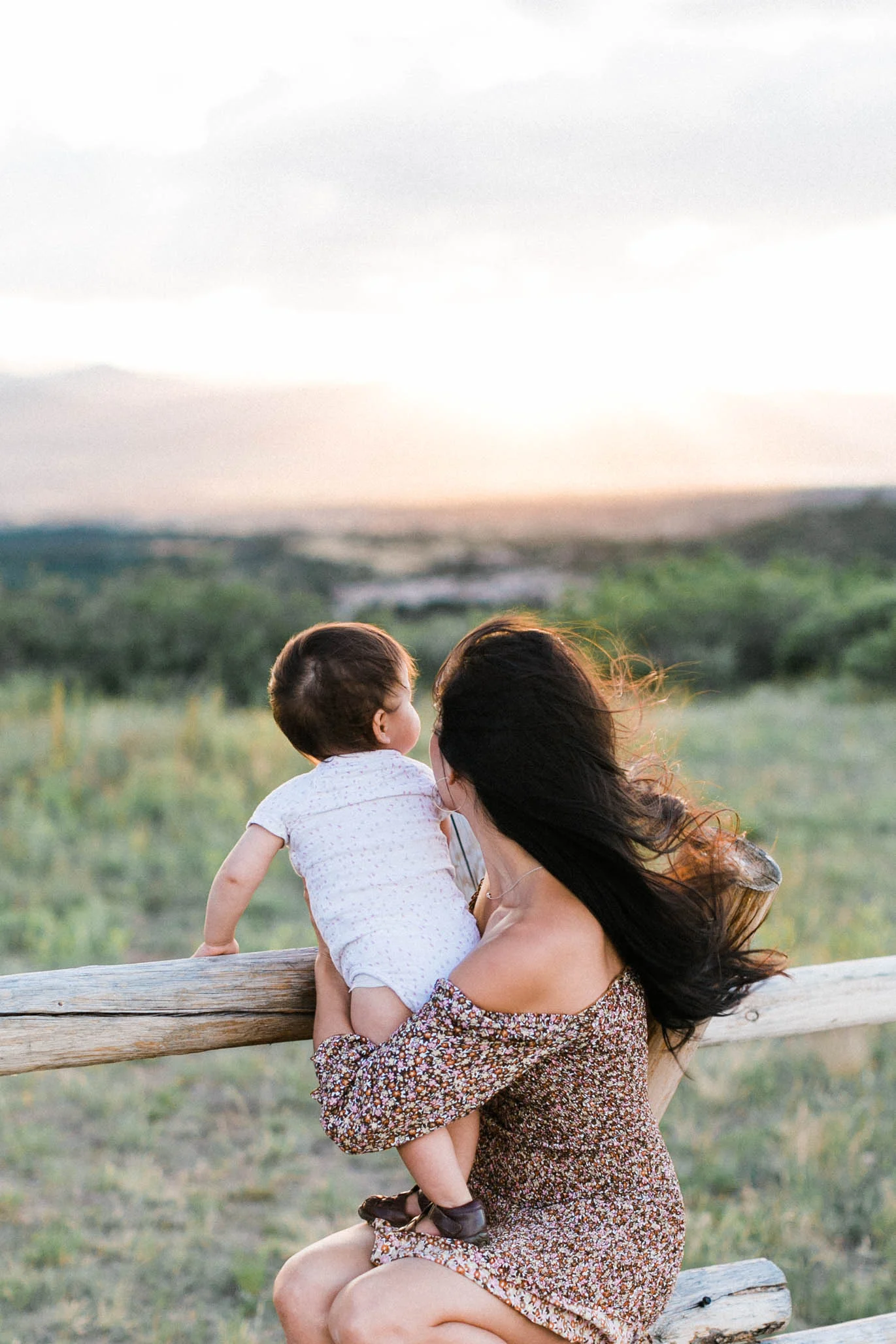

2) Gloomy Days are the Best Days: most photographers are pretty excited about overcast weather especially on a wedding day where you’re constrained to a specific timeline. The overcast clouds act as a natural gigantus diffuser softening direct light from the sun and creates soft lighting all around your subject.

3) Shoot in Shade: You can’t always rely on sunrise, sunsets, and gloom. When you find yourself stuck shooting in broad daylight, you can place subjects in shaded areas to avoid harsh shadows. Shadows will create even lighting on your subject and frame.

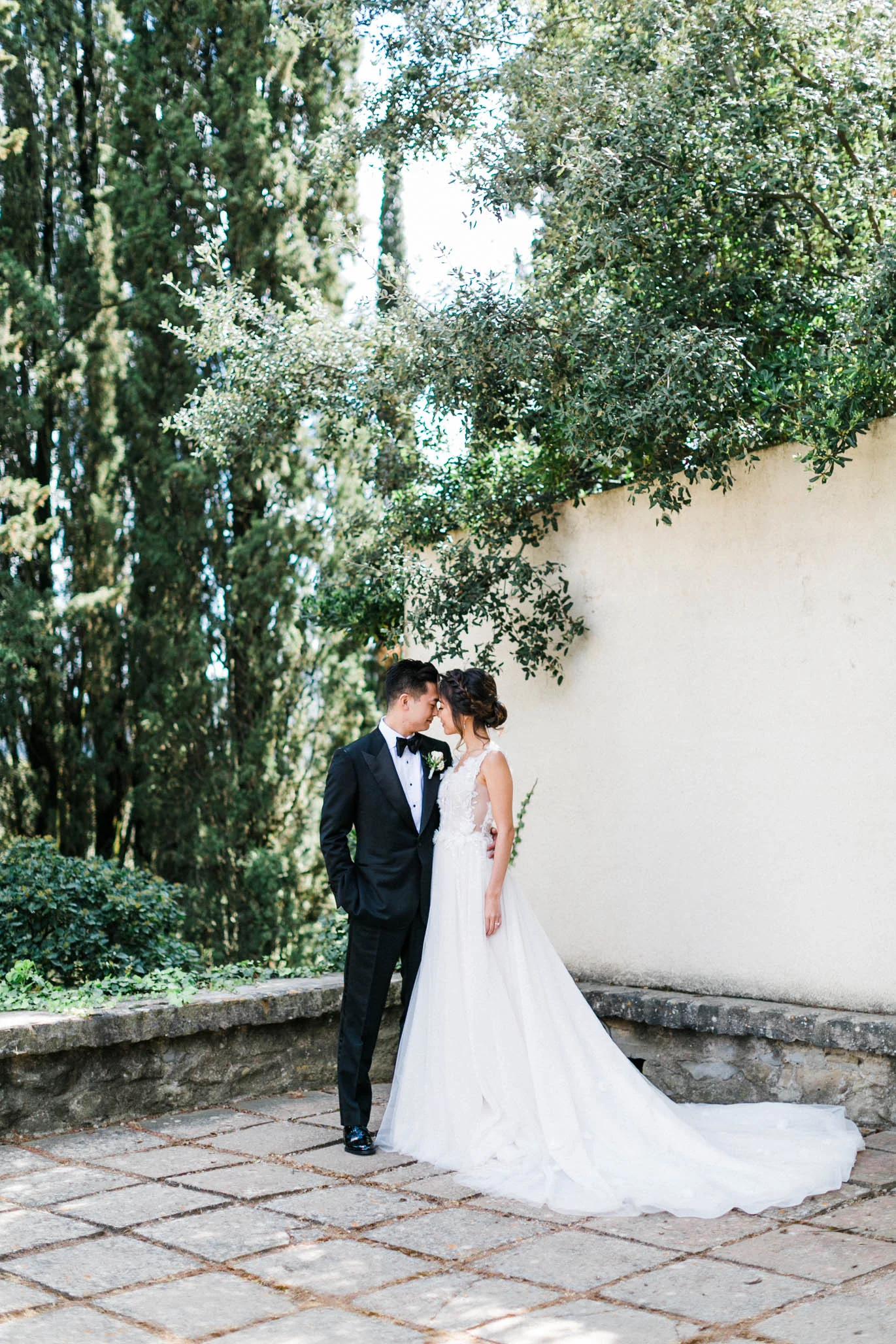
4) Use Your Surroundings to Create Light: Sometimes, the natural light may not highlight the subject evenly. When this happens, you’ll find that one side of the subject is perfectly lit but the other side is too shaded or dark. In this case, the best thing you can do is use an assistant with a light reflector OR you can use your surrounding (light wall, white pillow, light canvas, concrete, etc.) to bounce light back to the under-lit portions of the subject.

5) Maximize Outdoor Lighting for Indoor Shoots: Shooting indoors can be tricky because in most cases, natural lighting tends to be limited, and if available, it is typically too directional. The best thing you can do here is play with the lighting and your surroundings to create even light.

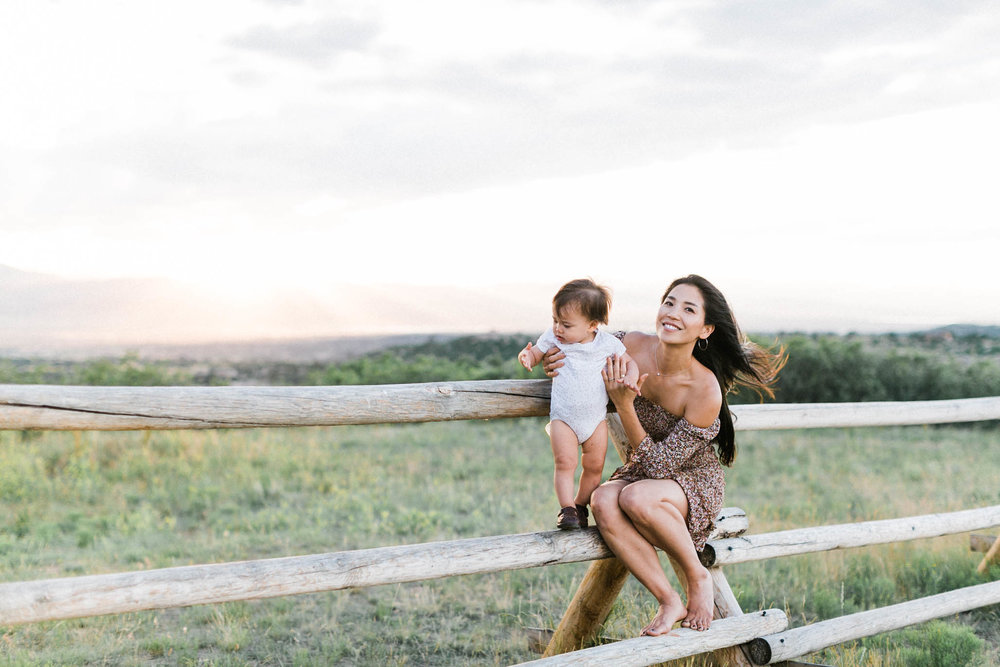
Love this, going to use this tips and play around with my camera this weekend!! ❤️❤️❤️
I’m so glad Caitlin! It takes so much practice so I’m glad that what you’ll be doing! It’ll become second nature soon enough 😉
It’s very straightforward to find out any matter on net as compared to textbooks, as I found
this article at this site.
Comments